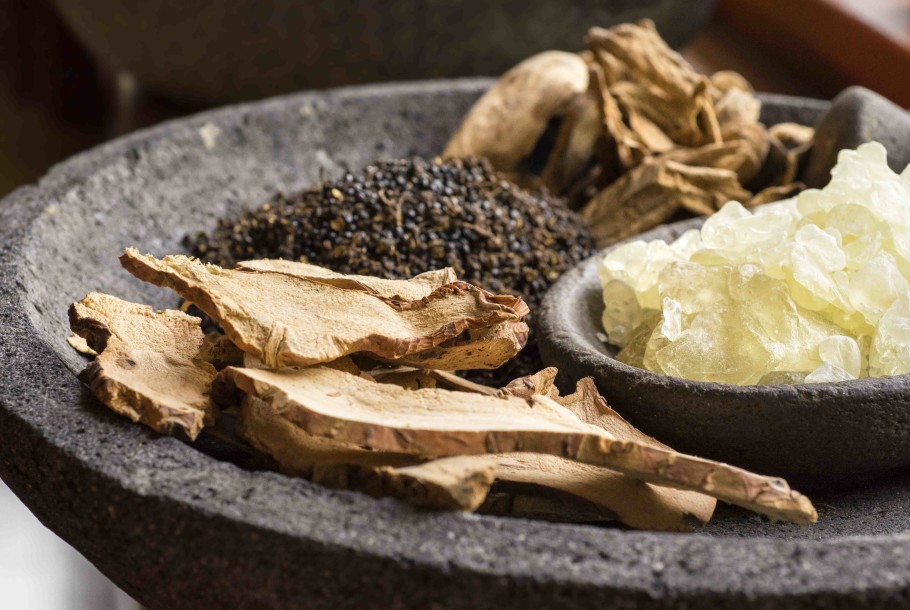
Four New & Surprising Spices
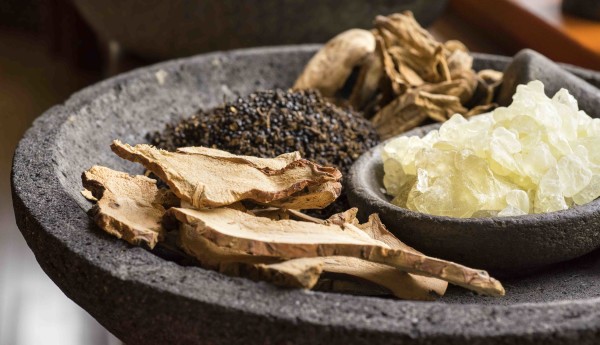
Oregano and basil are wonderful but sometimes I want to bust out some exotic new spices. I just feel so intimidated when I see row after row of spices on the shop shelf and think – what the hell would I even use these for?
Enter Steve Allison, spice expert at Épices de Cru/Spice Trekkers. He’s selected four spices we should all think about including in our cooking and has (most importantly) told us how to use them so they don’t sit around collecting dust.
Here’s what he had to say :
I love cooking with spices. It’s the fastest and easiest way to make food delicious. Unfortunately most people stick to what they know and miss out on adding new and exciting spices to their cooking routine. At Épices de Cru I have access to hundreds of different spices and I actually get paid to try them. Over the years, I’ve found some hard-to-find spices that are actually easy-to-like.
Here are four spices that should find a permanent place in your pantry.
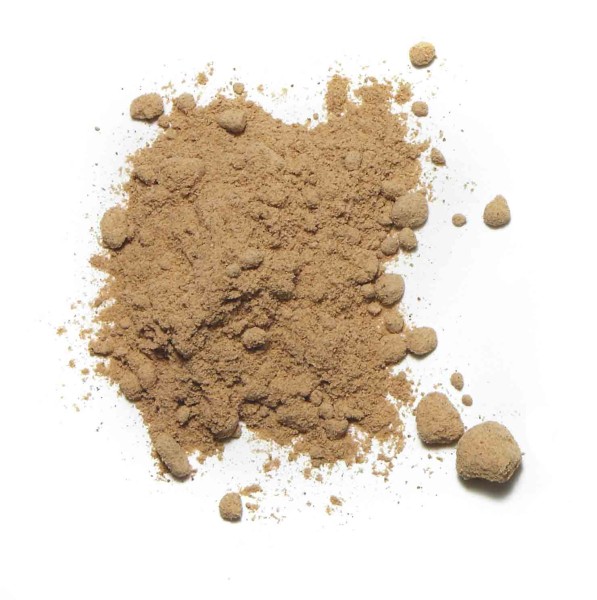
A sour taste doesn’t come up a lot when people describe spices. Enter amchur, your solution to adding sourness without liquid. This sun-dried green mango powder is a common ingredient in Indian spice blends. It adds an acidic, fruity burst to stir-fries, grilled meats, or roast vegetables. It’s intense on it’s own so try combining it with cumin, chile powder or pepper.
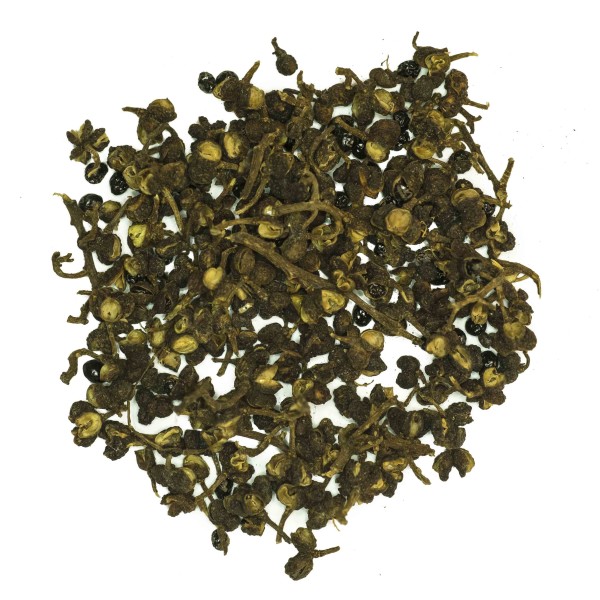
Szechuan peppercorn is increasingly popular and the word “numbing” is on the tongues of innovating chefs. In China, the prickly, numbing pepper berry is essential for spicy dishes, stews and hotpots. This Indonesian relative of Szechuan pepper has a little less bite with a bright citrusy twist. It’s ideal on poultry, fish, and sauces.
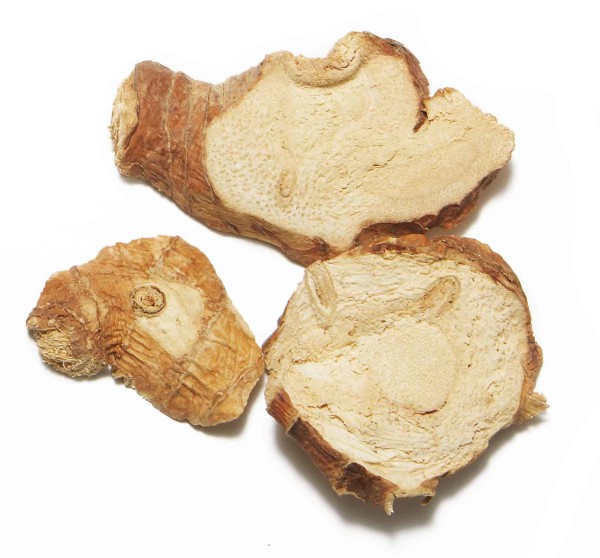
Ginger lovers should get to know the rest of the ginger family. Southeast Asian galanga is the pale, fragrant, cousin to the ginger we all know. Use it as you would regular dry ginger and be prepared for a less sharp, peppery flavour and a broader, more warming sensation. It goes well in preserves, marinades, curries, and especially seafood and fish recipes.
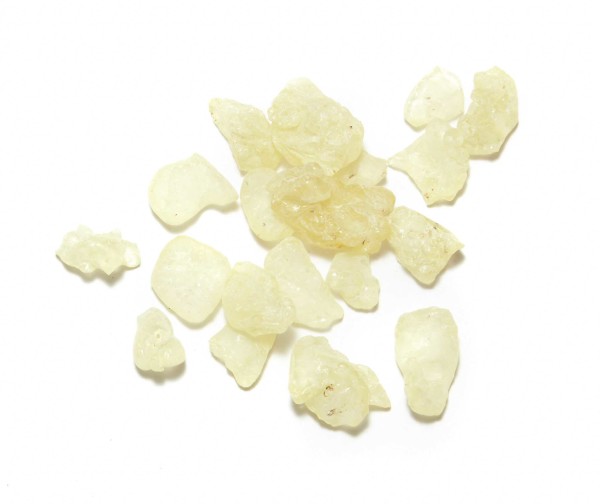
Ottolenghi fans who already know and love sumac should have mastic on their radar. Mastic is the dried sap of the pistachio tree, harvested exclusively on the Greek island of Chios. The delicate, resinous, almost pine-like flavour of mastic gum elevates sweets, desserts, cocktails and meat dishes that include poultry and game. It imparts a soothing, arboreal taste and a smooth, viscous texture. Mix in a drop with some fresh squeezed orange juice for a wonderful marinade or salad dressing.
New spices can be embraced and loved with a little guidance. Remember that what is new to you has been in daily use by home cooks around the world for centuries.
Thank-you Steve for your recommendations.
Spices can be bought online or in person at their Jean-Talon Market shop (other shops are listed here).
Épices de Cru, Jean-Talon Market, 7070 Henri-Julien, C-6
Leave a Comment cancel












